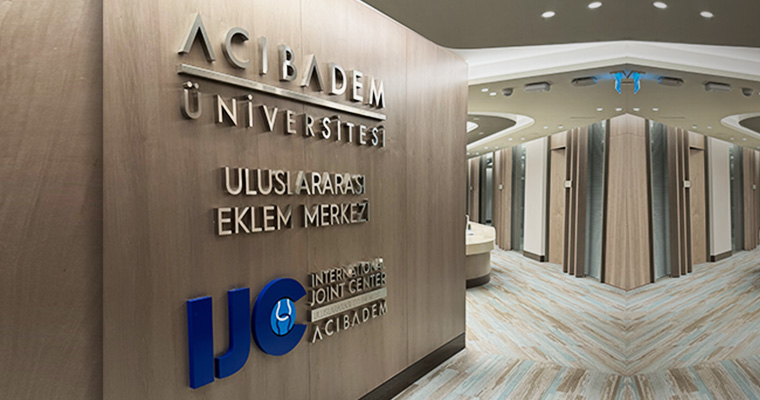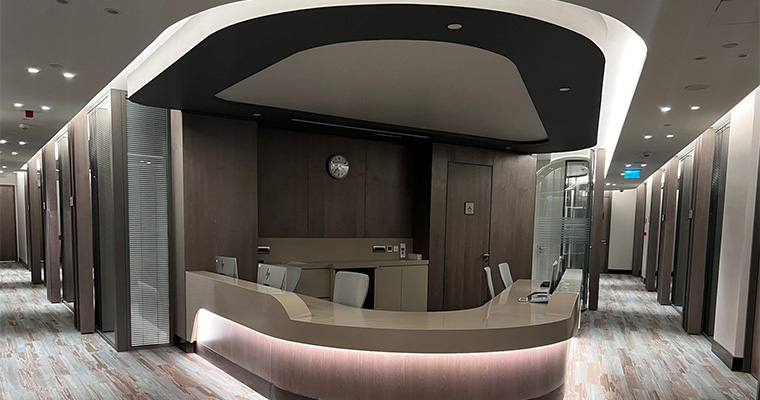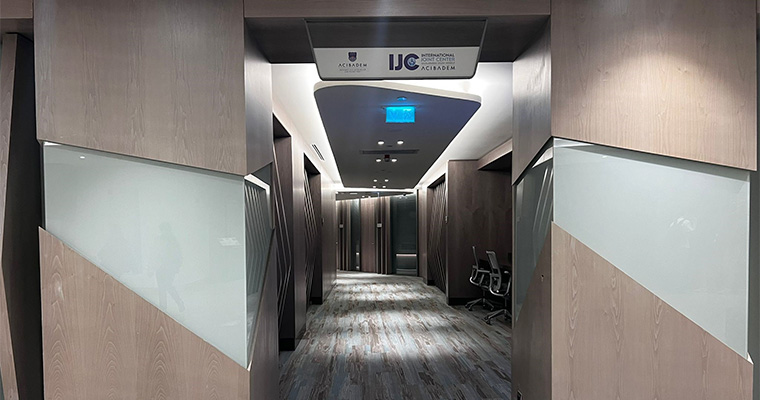As each patient's condition and needs are unique, the Joint Center develops treatment plans tailored to the individual's needs. These plans aim to improve patients' quality of life and maximize joint function. During the treatment process, patients are followed up regularly and treatment plans are updated when necessary.
Our Center
Let Us Call You Now
Leave your information, and our experts will contact you as soon as possible!
International Joint Center (IJC)
Acıbadem University International Joint Center provides services in the diagnosis and treatment of many joint disorders. The medical technology devices and modern treatment methods used in the center accelerate the healing processes of the patients and increase the success rates of the treatment.
Imaging techniques such as MRI, ultrasound, Computed Tomography (CT) and (EOS) digital X-ray, which are among the medical imaging and diagnostic methods used in the diagnosis of joint diseases, enable a comprehensive evaluation of the diseases. This allows the most accurate diagnosis and treatment plan to be created for patients.
At the International Joint Center, the physiotherapy department plays an important role in the treatment of joint diseases. Physiotherapy includes various exercise programs to reduce pain, increase joint mobility and improve muscle strength. The rehabilitation process is planned to enable patients to return to their daily life activities.

In the center, treatment plans are developed in accordance with the needs of the individual with the physician and physiotherapist staff specialized in joint surgeries such as hip and knee replacement. Hip replacement and knee replacement surgeries are performed with up-to-date surgical techniques, shortening the postoperative recovery period and enabling patients to return to daily life more quickly.
Robotic surgery systems are also used at the Joint Center. Robotic replacement surgery allows the surgeons to perform the surgery more safely and successfully by improving their precision. These systems ensure the most accurate placement of the prosthesis, especially in hip and knee replacement surgeries, reducing the rate of complications in the early period, providing faster rehabilitation, extending the life of the prosthesis in the long term and improving the quality of life of patients.




